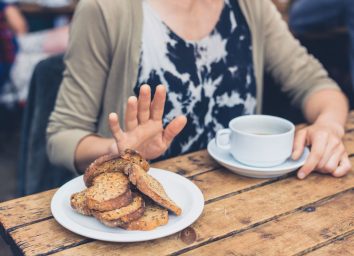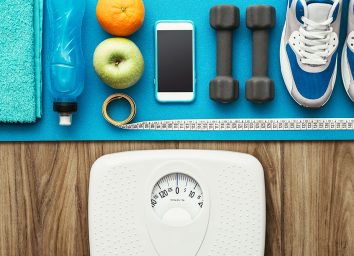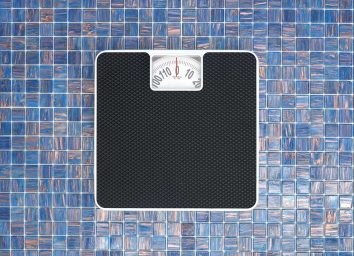I Tried Intermittent Fasting For 10 Days, and This Is What Happened
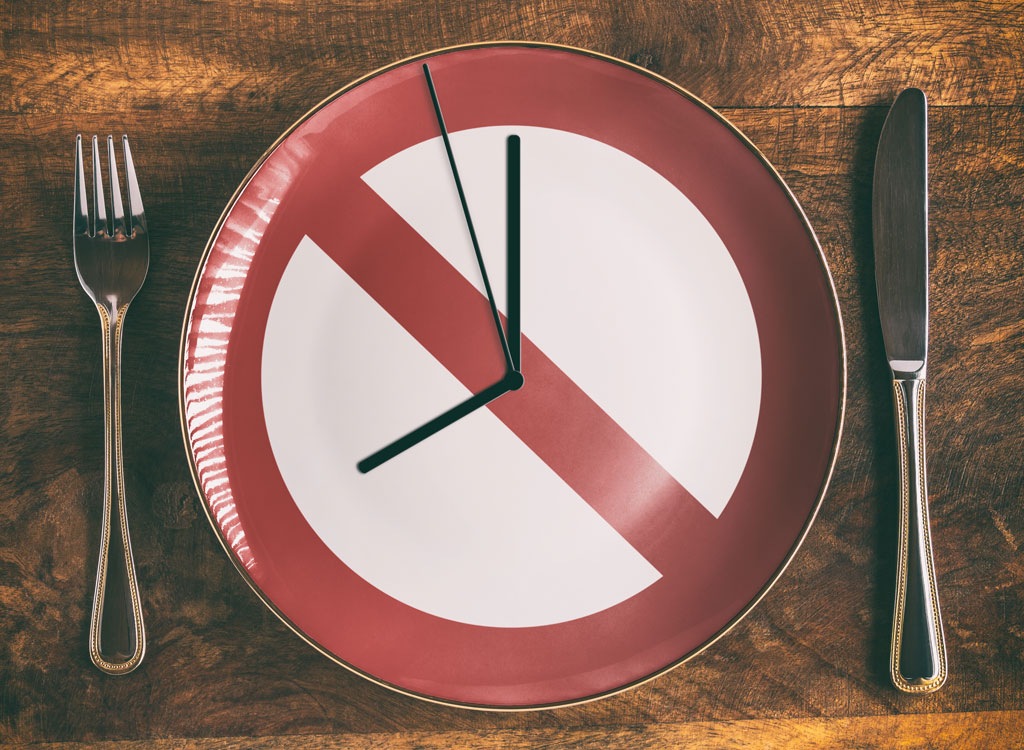
Imagine going on a diet and being able to eat and drink whatever you want. There's no cutting carbs or counting calories. And you can still drink wine and eat the occasional bowl of ice cream. Sound enticing? Then intermittent fasting might be the key to seeing results. It's the dieting version of being able to have your cake and eat it, too.
Rather than restricting what foods you can eat, intermittent fasting (IF) restricts when you can eat. By splitting your day into a period of fasting and a period when eating is allowed, the idea is that you will naturally reduce your caloric intake on a day-to-day basis since you're limited to eat only during small windows.
Like many people, I lead a busy life and don't want to worry about being restricted from certain foods or having to meet a caloric goal every day. And that's why I figured if any diet was worth trying, this one was it for me; that's one of the major appeals of IF—besides the time constraint, you can diet without changing a thing.
So I decided to give it a try for 10 days to see what would happen. But before I talk about my experience, I first want to start with a brief rundown of what intermittent fasting really is.
What is the Intermittent Fasting Diet?

There are quite a few ways to execute an intermittent fasting diet, but the most common two are the 5:2 and 8:16 approaches. While the diet isn't about counting calories, the idea is that you will naturally reduce your caloric intake by limiting your eating window. "Ultimately, like most diets, it is another approach to cutting calories, which is really the key ingredient for weight loss," explains Lisa Moskovitz, RD, CDN, CEO and founder of The NY Nutrition Group.
For the 5:2 approach, food is consumed normally five days out of the week, and the other two days require eating just 500–600 calories. During the 8:16 approach, your eating window is 8 hours long during the day, and the fasting period is 16 hours (including overnight while you're sleeping).
Experts disagree on whether intermittent fasting is an effective diet to see long-term results. There aren't many studies on intermittent fasting benefits yet, so findings mostly come from anecdotal evidence from people who have tried IF themselves. Like many diets, success will vary depending on the person. So, while some dieters have experienced benefits such as weight loss and lower blood pressure, in others, IF may also lead to fatigue and binging on unhealthy snacks. "The daytime 8-hour eating can be hard for people, and I find makes people really hungry," notes Isabel Smith, MS, RD, CDN and founder of Isabel Smith Nutrition and Lifestyle.
Moskovitz says she tends not to recommend IF to clients because it's not always a sustainable approach to weight loss, but there are certainly reasons to try. "For those who have trouble with late-night eating, especially eating junk food, then it can certainly make a difference," she explains.
She gave me helpful tips for starting the experiment: Continue to focus on healthy, balanced eating, take a multivitamin to ensure you're still getting all needed nutrients, and listen to your body.
The IF Diet I Followed
I chose to go with the 8:16 diet, because there was no way I wanted to go two whole days without eating. Smith agreed, noting that "for most people the 12-14 hour overnight fast is feasible." When I asked her advice, Smith recommended that I actually work my way up to the 8:16 method: start by doing 12 hours on, 12 hours off until I could work my way up to 8 on, 16 off. Every day ended up looking different for me, but on an average day my schedule looked like this:
7:30 a.m. Wake up
8:30 a.m. Walk 30 minutes to work, Grab a coffee
10:30 a.m. Snack (Days 1-4)
12 p.m. Snack (Days 5-10)
2 p.m. Lunch
5 p.m. Snack
6 p.m. Walk home
6:30 p.m. 1 Hour of Exercise
7:45 p.m. Dinner
11 p.m. Sleep
This routine is fairly welcoming to the IF diet, but my weeks contain a lot of random things from babysitting to dinner with friends, so I was worried that my slightly chaotic lifestyle would inhibit my success. All that said, I still thought it was worth a try.
Intermittent Fasting Results
The Morning Hunger Was Real
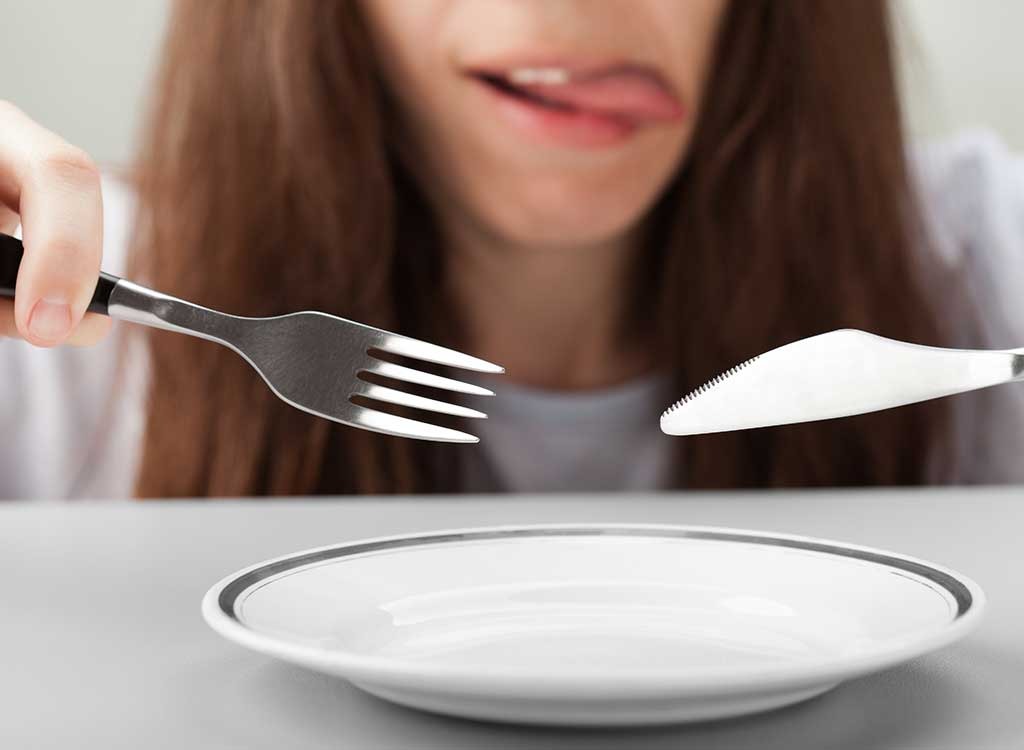
I'm not huge on breakfast, but I start desk snacking at 10:30 a.m. every day almost religiously. For the first three days this wasn't a huge issue because I was only fasting for 12 hours. I stopped eating most nights at 9 p.m. and had the green light again at the same time the next morning. But when I upped that no-go window to 16 hours on day four, my rumbling stomach was hard to ignore until noon. Smith had warned me that the hunger often leads to binging, so I was careful not to start shoveling handfuls of chips into my mouth when the clock struck 12. Instead, I ate either an apple or banana with peanut butter to keep my snacks portioned until I ate a bigger meal around 2.
Coffee Was My Best Friend
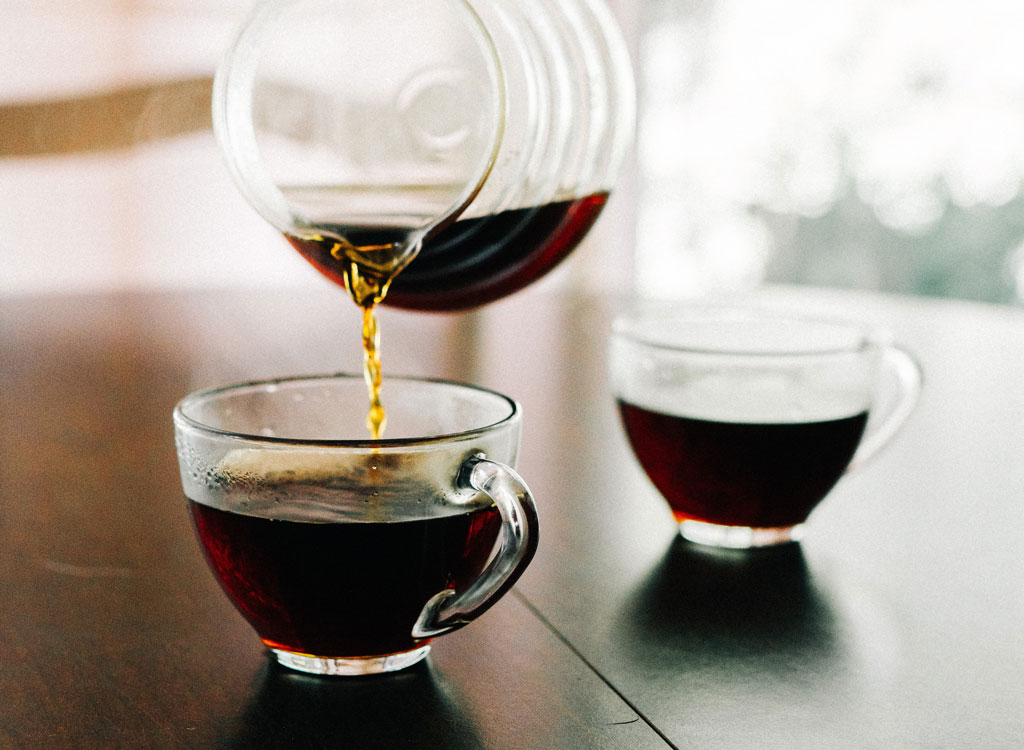
I've been a coffee drinker since high school. It's always helped curb my hunger in the mornings, but only until my 10:30 a.m. snack time rolls around. I sip the stuff pretty slowly (I even bring in my own insulated cup because it always gets cold in a mug), so when morning food was off limits, I poured myself an extra dose and kept sipping until I could eat. Coffee is allowed during fasting periods as long as it's zero-calorie, but I'm not a fan of black coffee because it's so bitter, so I added a splash of vanilla almond milk to my cuppa. Some call that cheating, but I call it a modification.
My Mornings Were Either Mega-Productive or Useless

In the beginning, I couldn't focus at all in the morning. I was so distracted by my hunger that I couldn't get through tasks without daydreaming about later meals or scrolling through food-centric Instagram accounts. Before the fast, I was much more productive before lunch, so this was a weird change. It even extended into the weekend. I flew to see family, and I had a hard time making myself get up and get moving before lunch. My last day with family was when I bumped my fasting up to 16 hours, and by the time I got back to work and the city, my mornings finally felt productive again. The weekend solidified the fact that I was getting used to being hungry, so I utilized that feeling when I was back at work. I busied myself until the time before lunch flew by. Essentially, just like with any diet, it takes awhile to get going and get used to the changes.
I Got Better at Planning
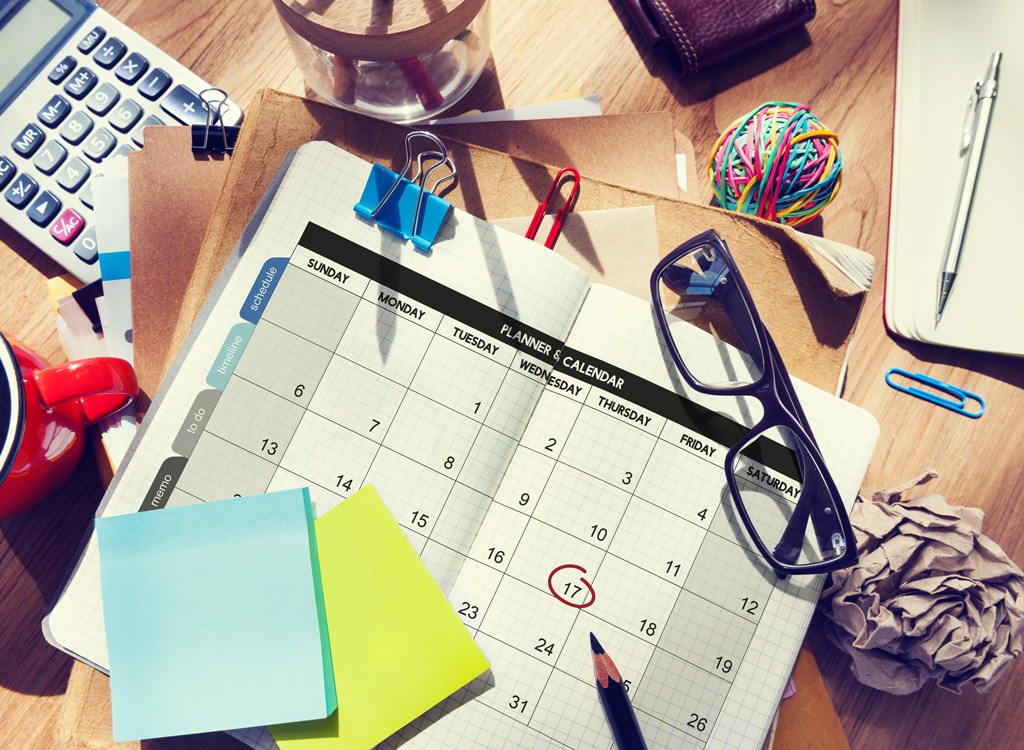
The first few days, when I was finally allowed to eat, I mostly ate tons of healthy snacks because I was ravenous. Almonds, apples and peanut butter, pretzels, hummus, and cheese—you get the picture. But eventually, I started being more conscious of the food I ate and wrote everything down in a diary to keep track.
Instead of the mindless snacks that were easy to lose track of, I mapped out meals and the snacks I could eat in between. Moskovitz advised me to make sure the diet wasn't causing me to miss out on nutrients I get during a normal day of eating, so I found that writing down my meals in advance helped me make sure I was getting enough of everything. If I knew I was going out to eat, I would leave a blank and fill it in with whatever I ordered the next day.
I Was More Mindful

In the same vein, when I started planning my meals, I was much more mindful of what I ate. I chose healthier options as I got used to the fast because I didn't want to waste precious eating hours on empty calories. For example, on day 7, I spent the majority of my eating period in airports and sitting on planes. I knew I wouldn't have the opportunity to cook and plan meals for the day (thanks a lot, short layover), and I didn't want to ruin that day's choices by grabbing the first caloric, processed airport food I saw. While Auntie Anne's was tempting, I grabbed a carrots-and-ranch go pack instead. I snacked on that and some almonds I had in my backpack until I got back to New York and could make myself a real meal. The mindfulness carried over into other days, too, because in the end, it made me feel like I had more control over the brief window I had to eat in.
I Didn't Sleep Very Well
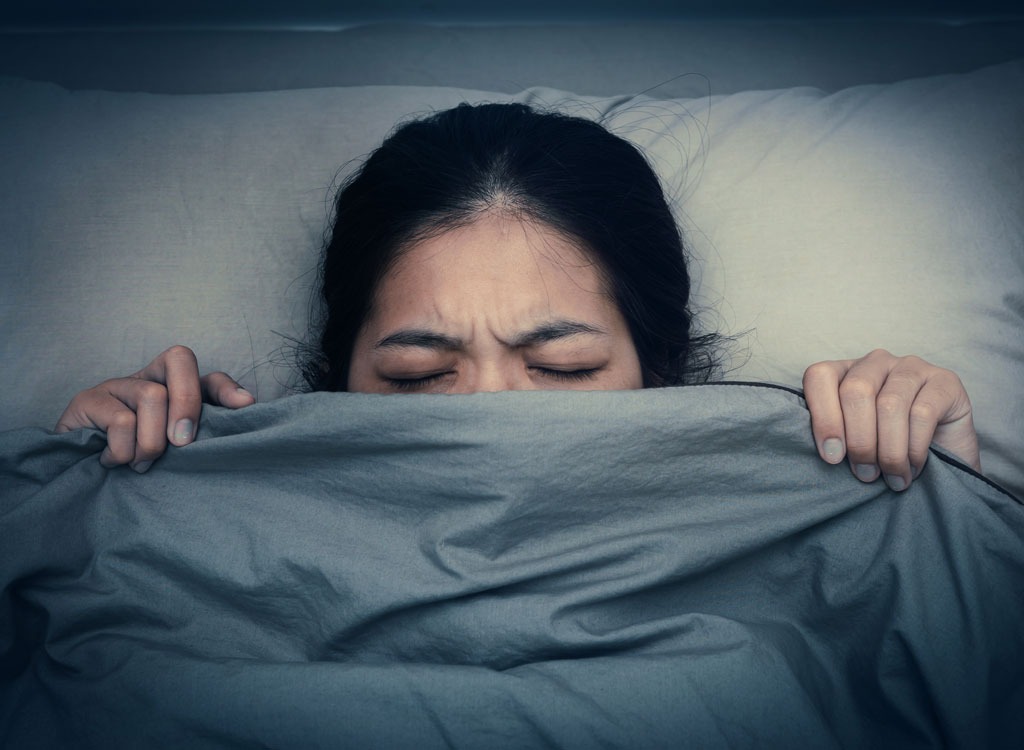
I'm not sure if this was one of the results of intermittent fasting, but I noticed that I didn't sleep very well during my experiment. After a few days, I woke up multiple times during the night feeling super thirsty and had to get up to drink water before I could fall asleep again. I tried to adjust the types of food I was eating to fix it. Other bloggers who have tried the diet reported similar problems, but I couldn't find concrete research linking the issue with fasting besides my fellow IFers accounts. I normally don't have a problem sleeping, so this was definitely a negative side effect.
I Lost Weight
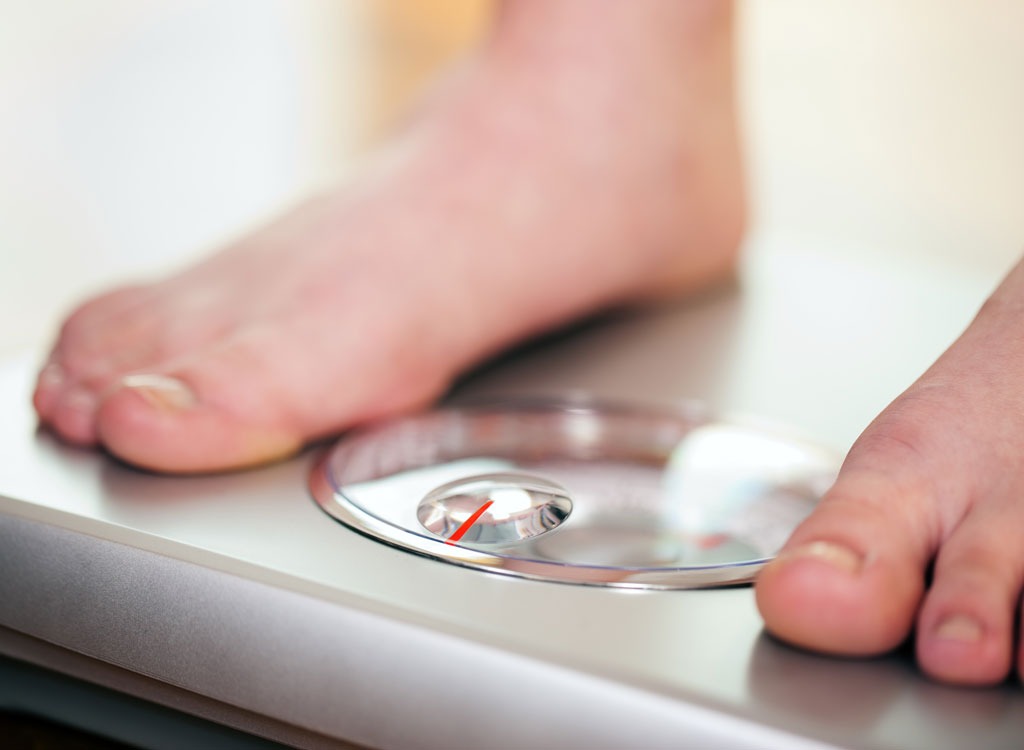
Well, half a pound. But based on the research I conducted before I started, even that small number is better than the zero pounds most people lost. I didn't feel noticeably slimmer, but I still attribute the change to my conscientious diet and to the fact that I ran more this week than I have in awhile. Since my mornings were usually groggy and less productive, by the time I left work in the evening (in the middle of peak eating time) I felt energized and motivated for the runs I've been slacking on all winter. Before fasting, I would use all my energy during the morning and afternoon. By the time I trudged home after leaving my desk for the day, exercise was the last thing on my mind. I can only assume that had I kept going, I would have shed even more weight. But hey, Rome wasn't built in a day.
Final Thoughts:

I found that my schedule and lifestyle don't make IF a very sustainable eating plan for me. Not to label myself, but I live in New York City and turned 22 on day five of this experiment. I'm constantly running around and have a hard time sticking to a routine.
For example, whether it was rushing to a babysitting gig, an after-work HIIT class, or to catch a late train, I kept finding myself checking the time and realizing it was after 8 p.m., and I had eaten nothing for dinner. This predicament left me with two options: I could eat dinner at 9 p.m. and then fast until 1 p.m. the next day, or I could forgo my nighttime meal (and try hard to ignore the pangs in my stomach until the next morning) and eat by 9 a.m. Neither option was ideal for me.
My no-go windows changed just about every day, and I was only able to maintain discipline because I knew I was doing this for a limited time.
This diet is much more suited for people who have a strict daily routine. Smith warned me that weight loss takes a while on this diet, and I found she was right, so it's not the best for a quick belly-fat fix.
